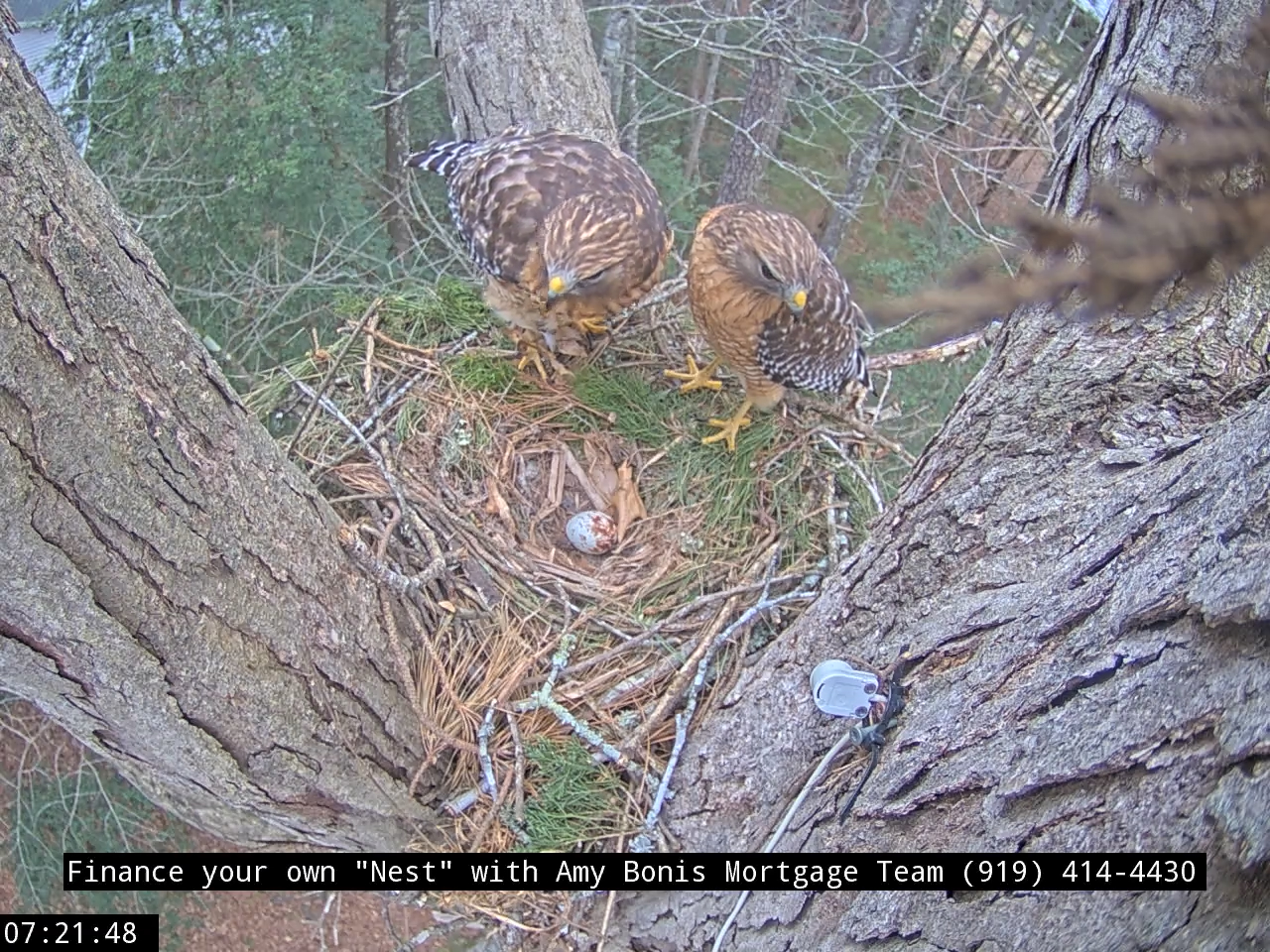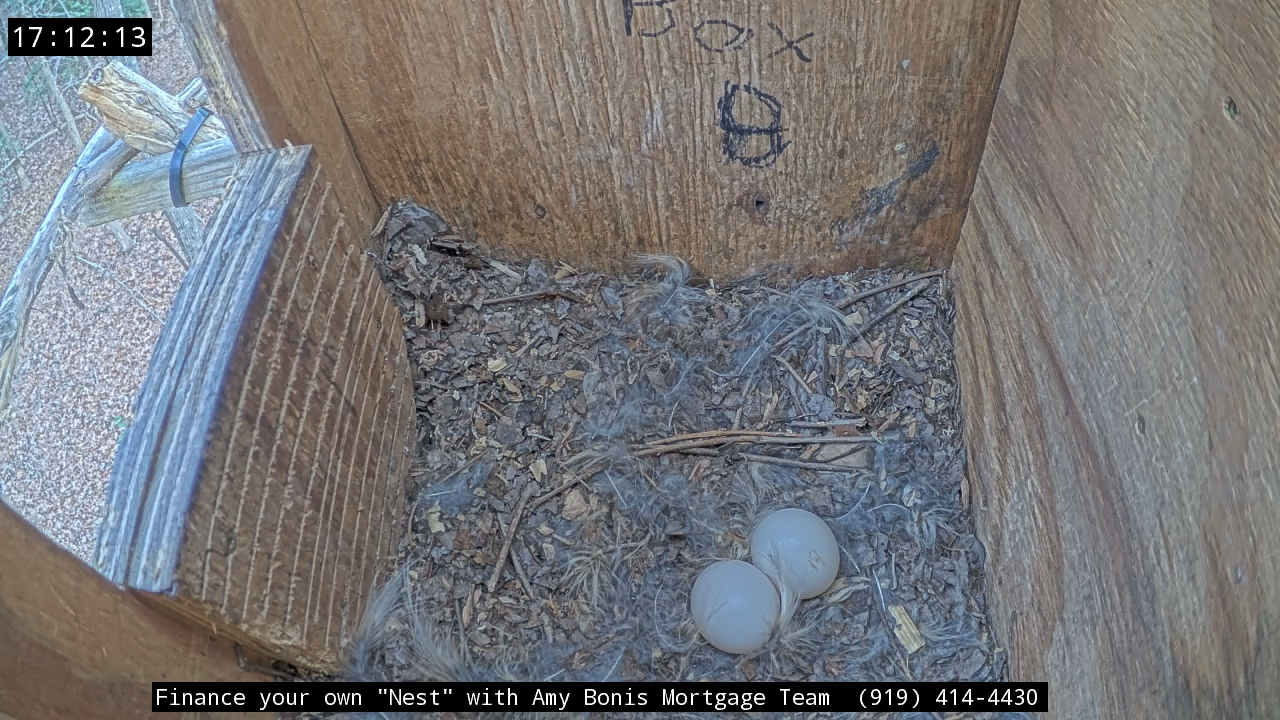Barred Owl
The Barred owl is still widespread and common, although may have declined in parts of south with loss of swamp habitat. In recent decades, they have expanded their range into northwest, and are now competing with other owls

Family
Owls

Habitat
Woodlands, wooded river bottoms. Like to be close to water. Favors mostly dense and thick woods with only scattered clearings, especially in low-lying and swampy areas. Most common in deciduous or mixed woods in the Southeast.
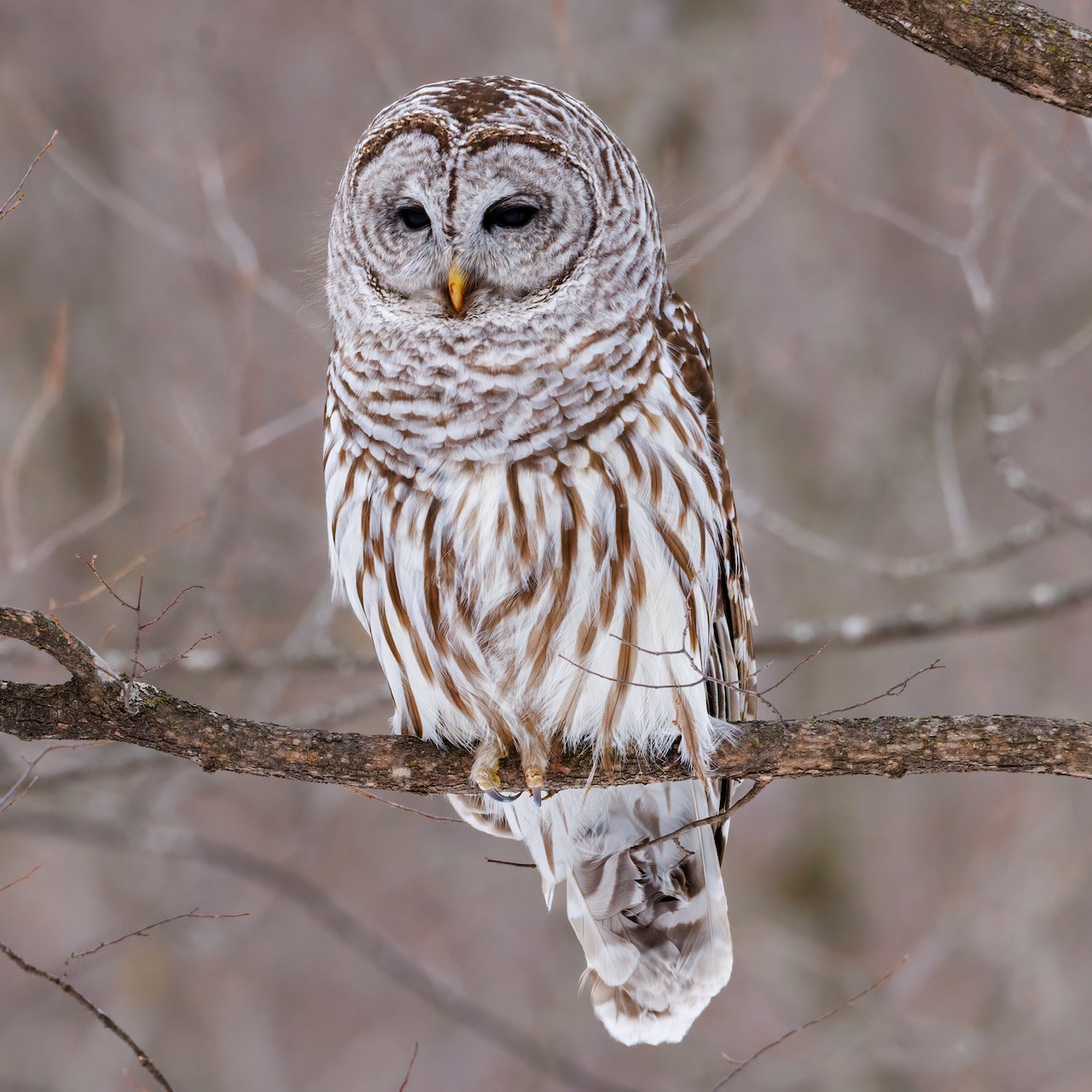
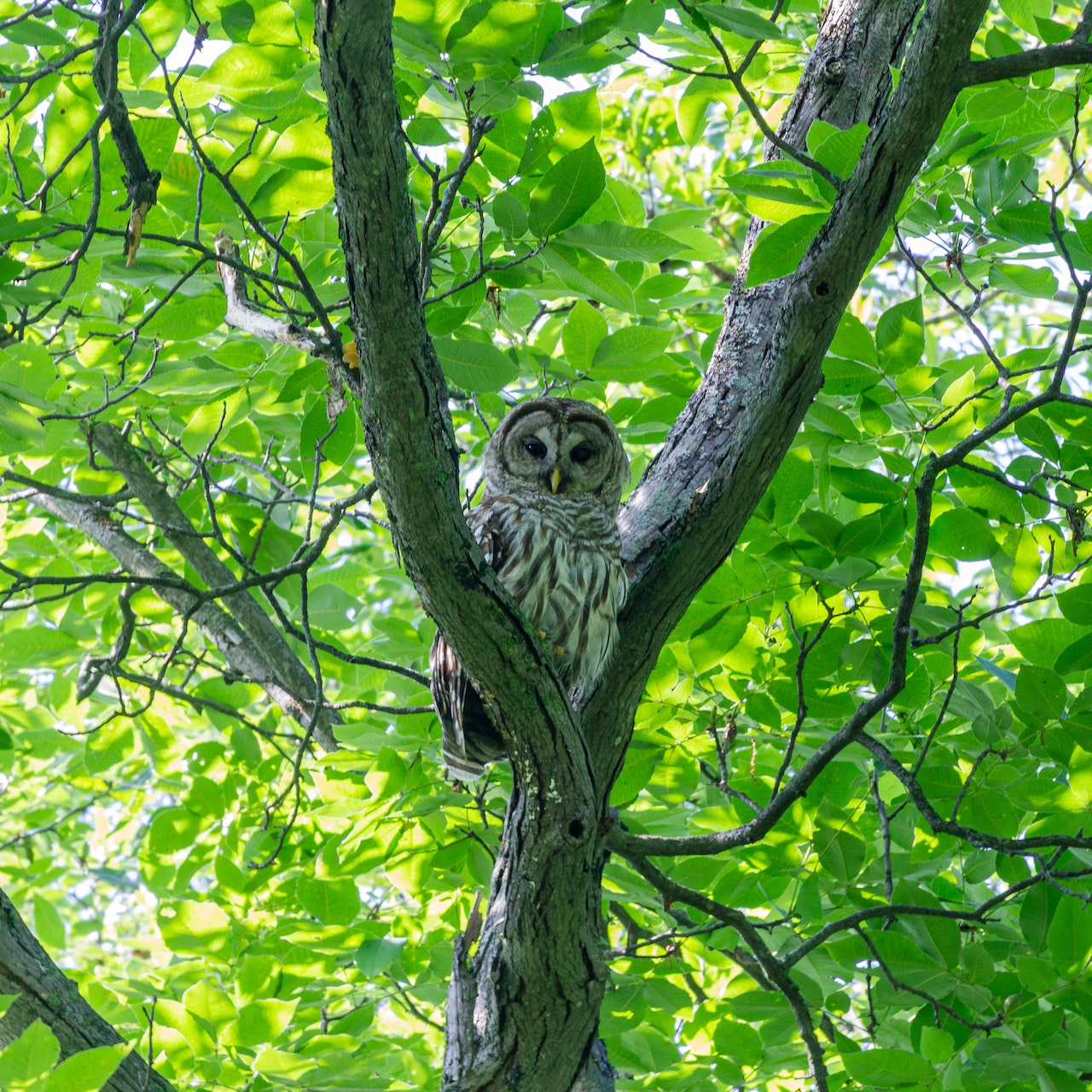
The Classic hooting call.
The rich baritone hooting of the Barred Owl is a classic call heard in in Southern woodlands, where members of a pair often will call back and forth to each other. Although the bird is mostly active at night, it will also call and even hunt in the daytime. Only a little smaller than the Great Horned Owl, the Barred Owl is markedly less aggressive, and competition with its tough cousin may keep the Barred out of more open woods.
Hunts by night or day, perhaps most at dawn and dusk. Seeks prey by watching from perch, also by flying low through forest; may hover before dropping to clutch prey in talons.
Nesting
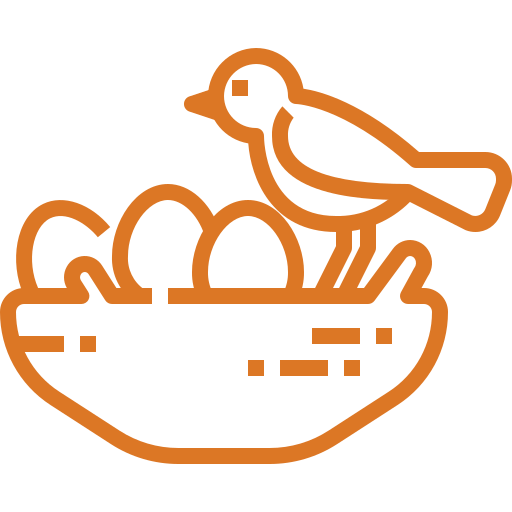
Egg
2-3, rarely 4. White. Incubation is mostly or entirely by female, about 28-33 days; male brings food to incubating female.

Diet
Mostly small mammals. Eats many mice and other small rodents, also squirrels (including flying squirrels), rabbits, opossums, shrews, other small mammals. Also eats various birds, frogs, salamanders, snakes, lizards, some insects. May take aquatic creatures such as crayfish, crabs, fish.

Young
Female may remain with young much of time at first, while male hunts and brings back food for her and for young. Age of young at first flight about 8 weeks.
Our Blogs
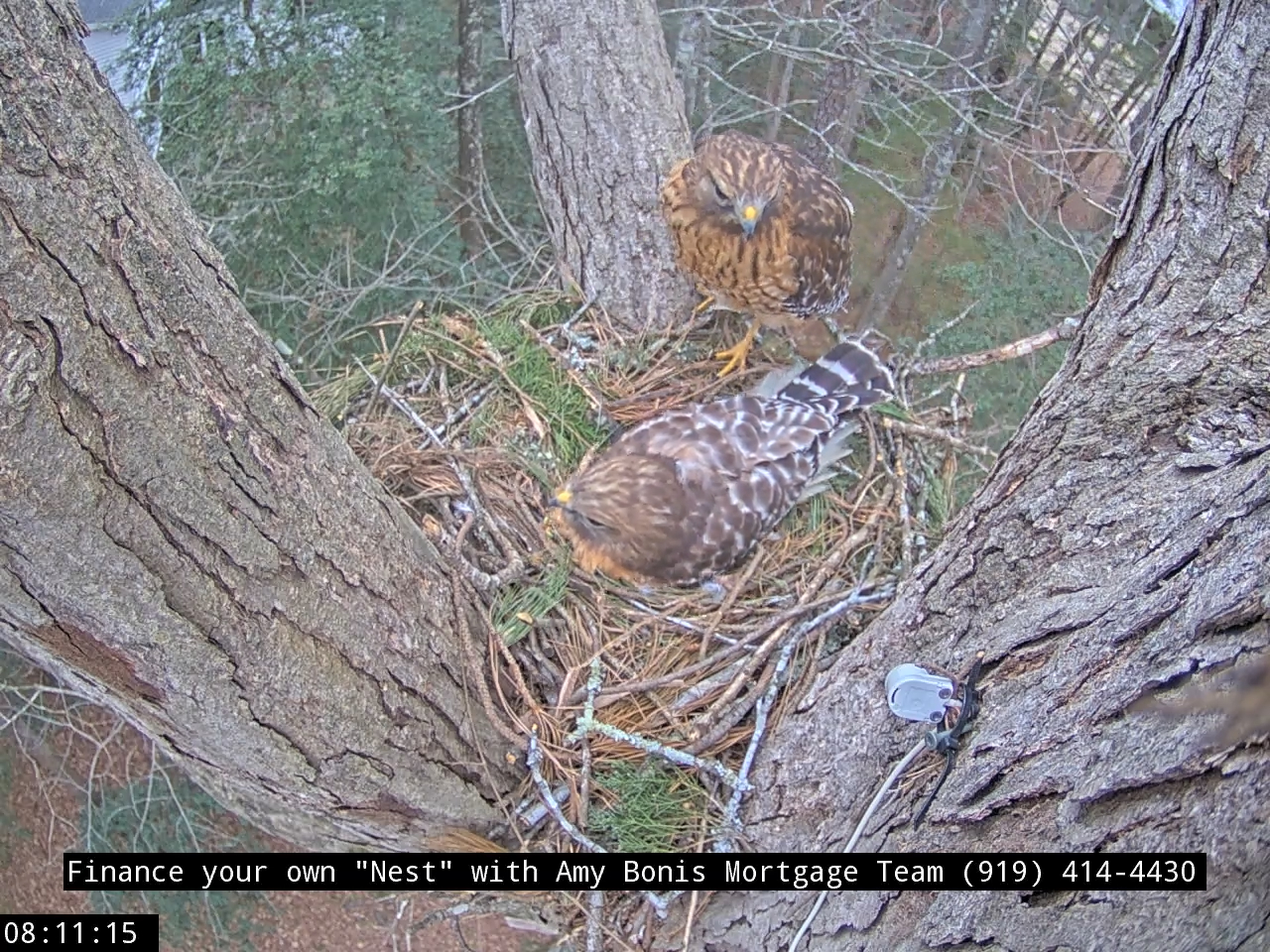
Sharing nest sitting duty.
How cool to recognize the joint parenting these birds employ.
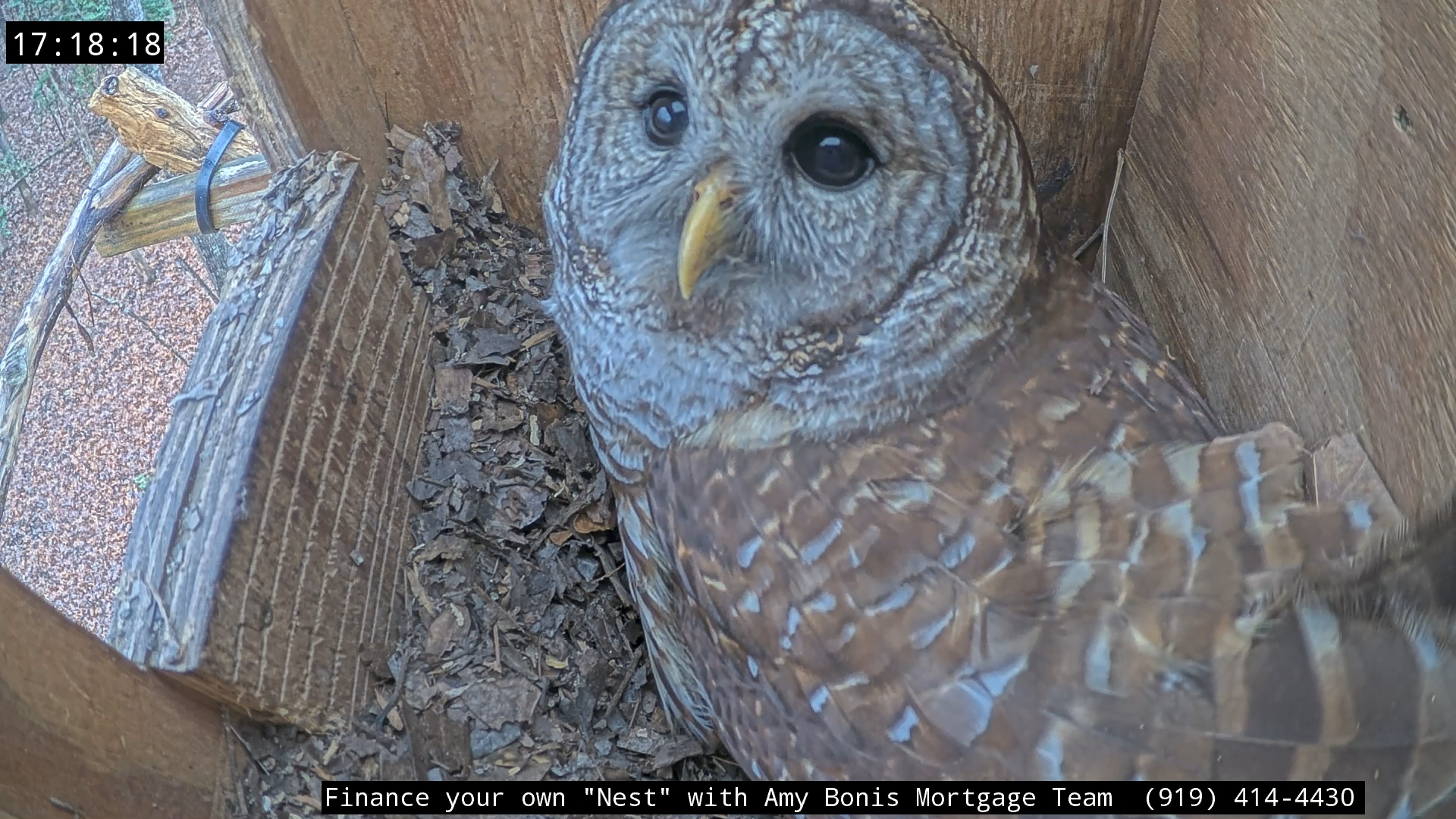
Proud Papa owl sounds amazing…he Coo’s !
Bringing mama a lizard snack. Hear how he sits and

